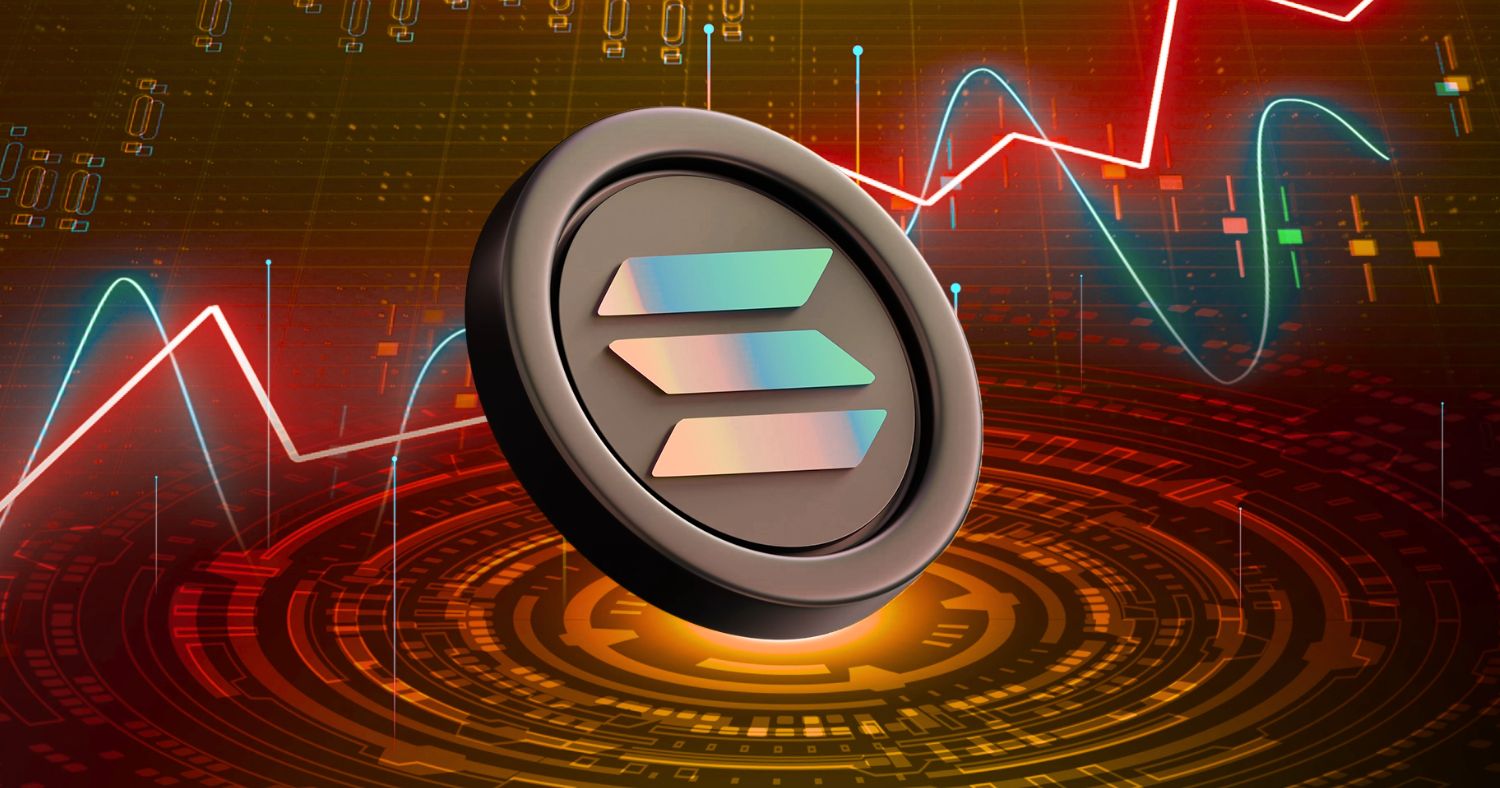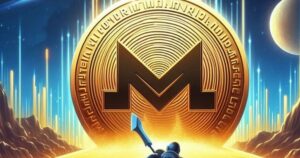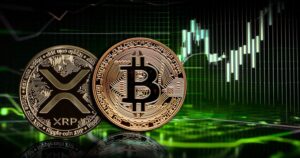In the dynamic landscape of digital finance, Solana has consistently positioned itself as a blockchain with formidable potential. Once hailed for its groundbreaking speed and efficiency, and subsequently tested by market fluctuations and technical challenges, the network is once again drawing significant attention, hinting at a new era of expansion. This analysis delves into the pivotal factors propelling Solana’s renewed ascent and what the future may hold for this burgeoning ecosystem.
At the core of Solana’s proposition is its architectural prowess. Designed for high throughput and remarkably low transaction costs, the platform distinguishes itself by processing thousands of transactions per second, a stark contrast to some of its earlier counterparts. This foundational efficiency has been critical in fostering a vibrant environment for decentralized applications (dApps), non-fungible tokens (NFTs), and the broader decentralized finance (DeFi) sector. Users and developers alike are drawn to the promise of near-instant settlements and minimal fees, which unlocks new possibilities for large-scale adoption and complex financial primitives.
Beyond its technical underpinnings, Solana’s growing ecosystem serves as a potent catalyst for its “breakout” narrative. A burgeoning community of developers is continuously building innovative projects, ranging from sophisticated DeFi protocols to immersive gaming experiences and unique NFT marketplaces. This diverse application layer not only attracts more users to the network but also creates a self-reinforcing cycle of innovation and utility. Strategic partnerships and integrations with established enterprises are further validating Solana’s capabilities, bridging the gap between traditional finance and the decentralized web. These collaborations signal increasing mainstream acceptance and potential for broader market penetration.
However, Solana’s journey has not been without its complexities. Past network stability issues, while disruptive, have underscored the platform’s resilience and commitment to continuous improvement. Developers have been actively working on robust solutions and infrastructure upgrades, such as Firedancer, to enhance reliability and decentralization. Addressing these technical hurdles is paramount for sustaining long-term growth and investor confidence, transforming perceived weaknesses into opportunities for strengthening the network’s foundation.
Looking ahead, Solana’s trajectory appears poised for continued momentum. The ongoing development of its core technology, coupled with the relentless expansion of its ecosystem, suggests a proactive approach to cementing its position as a leading smart contract platform. As the digital economy evolves, the demand for scalable, cost-effective, and user-friendly blockchain solutions will only intensify. Solana’s strategic focus on performance and developer-centric tools positions it favorably to capture a significant share of this expanding market. For investors and enthusiasts alike, Solana represents not just a technological marvel but a compelling case study in innovation, adaptability, and the enduring quest for efficiency in the burgeoning world of digital assets.
Disclaimer: This article is provided for informational purposes only and does not constitute financial advice. Investors should always conduct their own thorough research and consult with a qualified financial advisor before making any investment decisions in cryptocurrencies, which are highly volatile and speculative assets.
You might be interested in:





